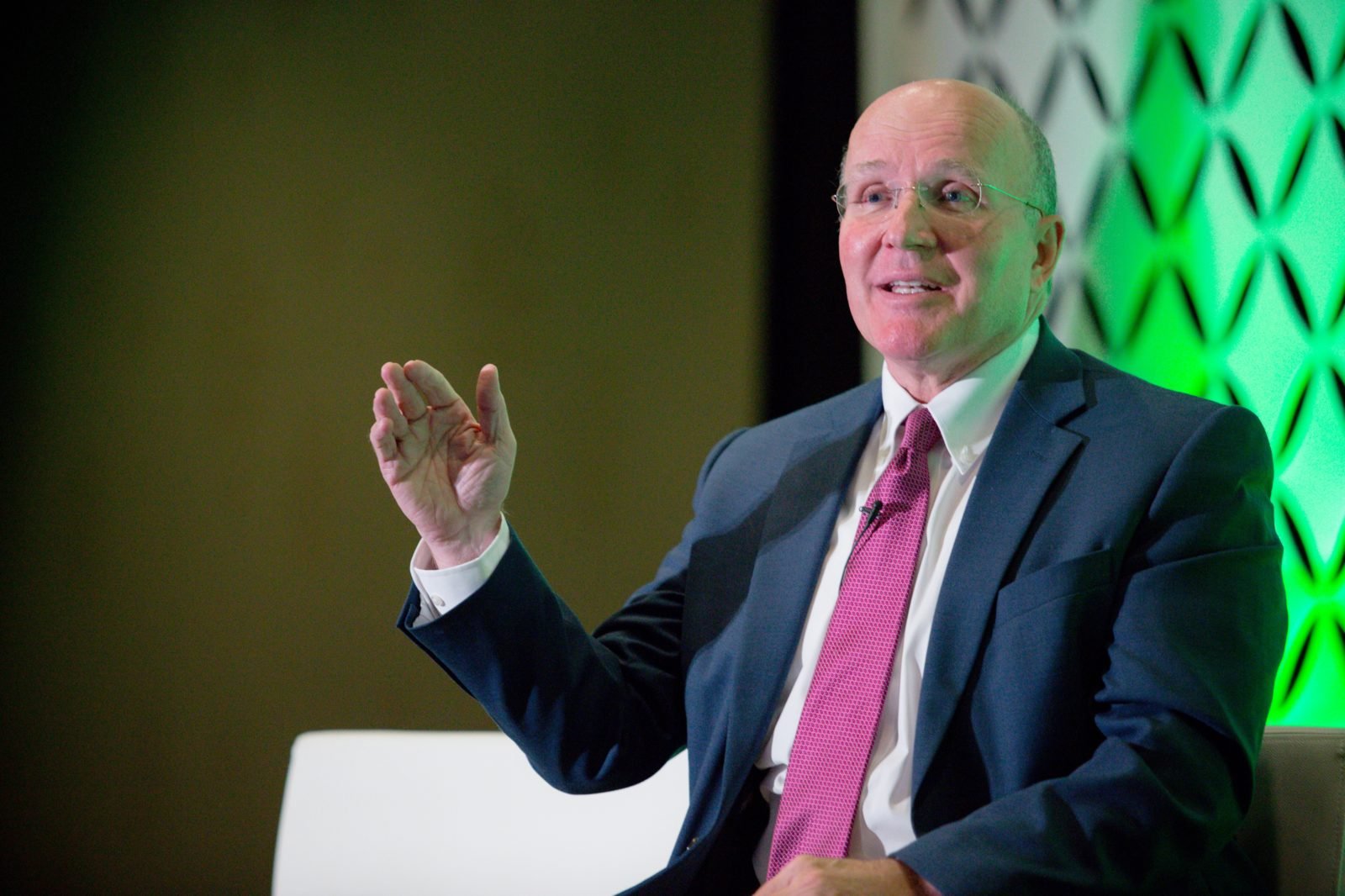There is no such thing as a commodity. All goods and services are differentiable.
—Theodore Levitt, Harvard Business Review
G.K. Chesterton once wrote, “Competition is a furious plagiarism.” Yet the fact of the matter is there is no such thing as a commodity. Anything can be differentiated, which is precisely the marketer’s job.
Believing that your company—and the products and services it offers—is a commodity is a self-fulfilling prophecy. If you think you are a commodity, so will your customers. How could they believe otherwise?
This notion of selling a commodity is one of the most pernicious beliefs, which leads to price wars, incessant copying of competitor’s offerings, and lack of innovation, creativity, and dynamism. Consider this story from The Tom Peters Seminar:
Transformation. Breaking the mold. Anything—ANYTHING—can be made special. Author Harvey Mackay tells about a cab ride from Manhattan out to La Guardia Airport: First, this driver gave me a paper that said, "Hi, my name is Walter. I'm your driver. I'm going to get you there safely, on time, in a courteous fashion." A mission statement from a cab driver! Then he holds up a New York Times and a USA Today and asks would I like them? So I took them. We haven't even moved yet. He then offers a nice little fruit basket with snack foods. Next he asks, "Would you prefer hard rock or classical music?" He has four channels. [This cab driver makes an above-average amount per year in tips.]
If a taxi cab driver can establish a rapport with a complete stranger in a 15-minute ride to the airport, what is possible with a customer relationship over the course of a lifetime?
The potential for competitive differentiation is only limited by your company’s imagination. Many leaders lament that since their industries are mature, commoditization is inevitable, despite all the empirical evidence surrounding them that this is simply not so.
Commodity + Creativity = Differentiation
Consider candles, an industry literally in decline for the past 300 years. Yet Blyth Industries custom tailors its candles for the specific location, companion, and occasion, growing from $3 million in sales in 1982 to nearly $1 billion in 2010.
Even the declining lettuce business has been differentiated by prewashing it, cutting it up and packaging it—along with some salad dressing on the side—for the customer in order to save time. As a result, from the late 1980s a billion dollar industry was created.
Imagine investing $1 million of your own money into a start-up company selling dolls to girls. Most people would be deterred from facing Mattel and its flagship Barbie doll, but not former elementary school teacher Pleasant T. Rowland, creator in 1985 of The American Girls Collection.
Inspired by a trip to Colonial Williamsburg, she reflected on what a poor job schools do of teaching history, and how sad it was that more kids could not visit this fabulous classroom of living history. In 1998 Rowland sold the company to Mattel for $700 million.
Would you ever pay more for a share of stock—whose price is publicly listed and traded on the New York Stock Exchange—to one broker over another? After all, how can a share of stock be differentiated?
Before you answer, visit www.oneshare.com, where you can only purchase one share of stock at a time, valued primarily as gifts for babies and teenagers. Included in the ten best-selling shares, which you can have framed for an additional price, are Disney, Harley Davidson, Coca-Cola, and Facebook.
Starbucks. If coffee beans and water can be differentiated—not to mention command a premium price—what is the excuse from your marketing department?
Basic economics teaches that it is very difficult to sell something someone else is giving away for free. Yet notice bottled water. Water covers nearly three-fourths of the earth’s surface. Could there be a larger commodity than water? Perhaps this is why Evian is “naïve” spelled backwards?
Charles Revson, founder of Revlon and a man who understood exactly what his customers were buying, illustrated in his famous saying, “When it leaves the factory, it’s lipstick. But when it crosses the counter in the department store, it’s hope.”
Revson refused to believe that what he sold—a relatively straightforward concoction of chemicals—was a commodity, and reportedly spent 45 minutes in front of a seminar of his international marketing executives having a dialogue with a glass of water, attempting to illustrate the meaning of product differentiation. As explained by his unauthorized biographer Andrew Tobias in Fire and Ice:
. . . [T]he water glass caught his eye. He picked it up, held it out in front of him, and said, in his friendliest way, “Hello, glass. What makes you different? You’re not crystal. You’re a plain glass. You’re not empty, you’re not full . . .” and then he began telling the glass how it could be made special . . . by changing the design, changing the color of the water, giving it a stem, and so on.
Avoiding the Commodity Tax
So many companies are prisoners of their past, assuming that the way they have always done it is the only way. Yet it takes creativity and innovation to separate yourself from the competition. Offering only a cheap price is the last refuge of a marketing department out of ideas for creating value for customers.
There is absolutely no excuse—none—for businesses to think of themselves as commodities. Any company can compete on price; it is truly a fool’s game. The commodity trap is a self-fulfilling prophecy, breeding cynicism and stifling creativity, dynamism, and innovation.
Robert Stephens, founder of Geek Squad, said, “Advertising is a tax for having an unremarkable product.” Commodity thinking is the same type of tax.
Do not let your company acquire a core competency in cutting prices by falling into the commodity trap.





























